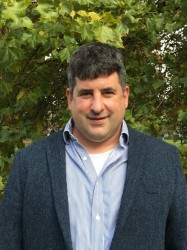BibTex format
@article{Wrubel:2018:10.1103/PhysRevA.98.023620,
author = {Wrubel, JP and Schwettmann, A and Fahey, DP and Glassman, Z and Pechkis, HK and Griffin, PF and Barnett, R and Tiesinga, E and Lett, PD},
doi = {10.1103/PhysRevA.98.023620},
journal = {Physical Review A},
title = {Spinor Bose-Einstein-condensate phase-sensitive amplifier for SU(1,1) interferometry},
url = {http://dx.doi.org/10.1103/PhysRevA.98.023620},
volume = {98},
year = {2018}
}

